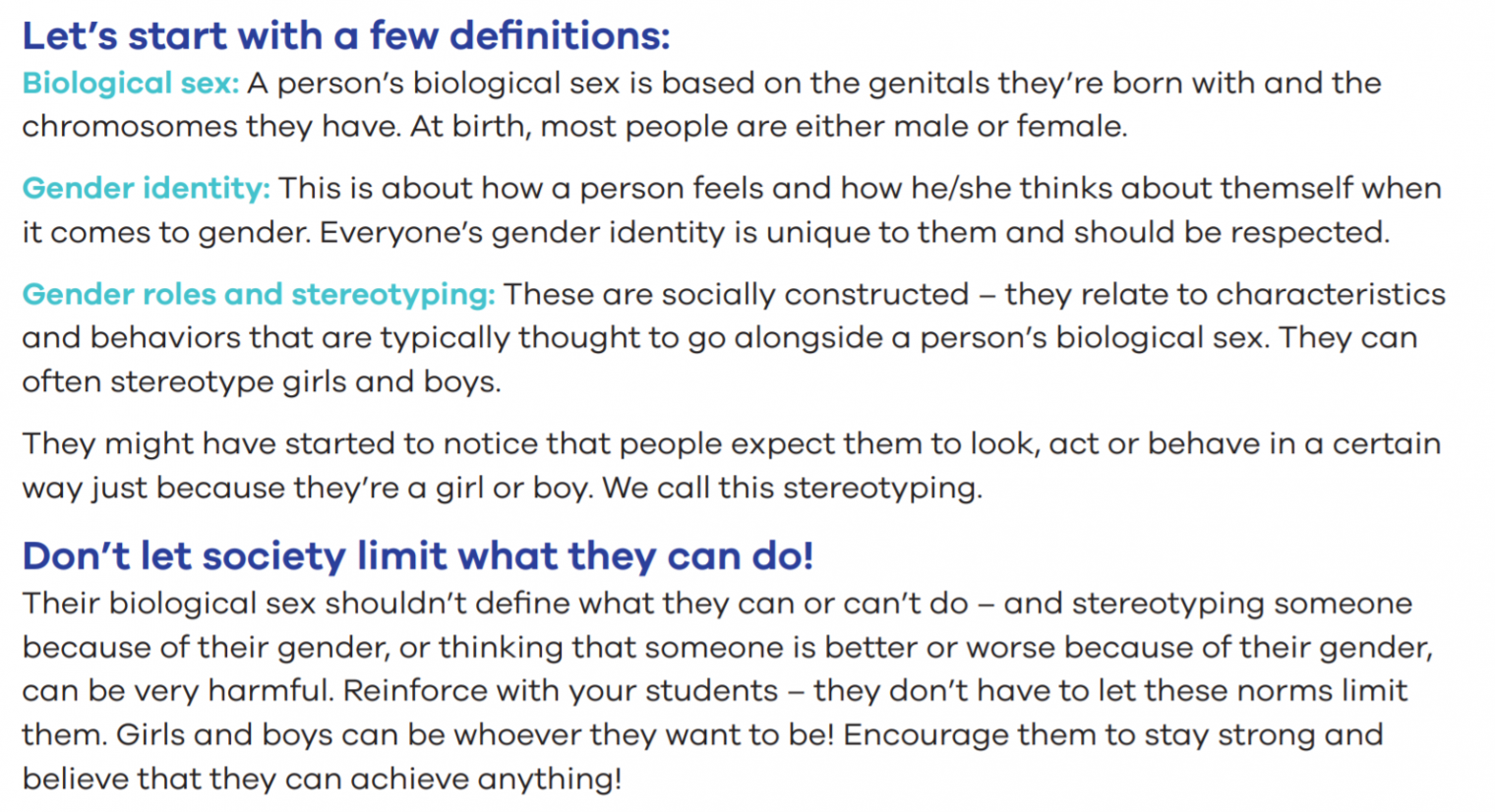From three days ago: “If the British are right, everything the U.S. is doing about coronavirus is wrong”. If you’re not like my friends on Facebook who get all of their scientific, technical, and medical information from Donald Trump (and then complain that it isn’t accurate), you might be interested in “Impact of non-pharmaceutical interventions (NPIs) to reduce COVID19 mortality and healthcare demand” from Imperial College. It seems that the UK government policy is to some extent derived from this research.
It is tough to summarize, but the authors say that both “mitigation” and “suppression” are required. Mitigation is the “flatten the curve” idea that we’ve seen. Suppression is Asian-style crush: “the aim is to reduce the reproduction number (the average number of secondary cases each case generates), R, to below 1 and hence to reduce case numbers to low levels or (as for SARS or Ebola) eliminate human-to-human transmission.”
The optimum strategy seems to be to turn suppression on and off depending on how many ICU beds are occupied. The authors expect this fight to last roughly two years. If everything is done perfectly and the baseline transmission (R0, an assumption) is 2.4, deaths in the U.K. will be cut from a baseline of 510,000 (do nothing but sweep up bodies) to around 30,000. The authors are expecting social distancing policies to be in place for about 2/3rds of the time.
Some unwelcome news for a country that takes 100 years to build a subway line and maybe 1,000 years to build high-speed rail:
Perhaps our most significant conclusion is that mitigation [as opposed to mitigation plus suppression] is unlikely to be feasible without emergency surge capacity limits of the UK and US healthcare systems being exceeded many times over. In the most effective mitigation strategy examined, which leads to a single, relatively short epidemic (case isolation, household quarantine and social distancing of the elderly), the surge limits for both general ward and ICU beds would be exceeded by at least 8-fold under the more optimistic scenario for critical care requirements that we examined. In addition, even if all patients were able to be treated, we predict there would still be in the order of 250,000 deaths in GB, and 1.1-1.2 million in the US.
So a country like China that can throw together and deliver emergency hospitals may be able to get away with comparatively lightweight social distancing measures. But for countries that are mostly paralyzed with red tape and therefore that have to “go to war with the hospitals they have”:
We therefore conclude that epidemic suppression is the only viable strategy at the current time. The social and economic effects of the measures which are needed to achieve this policy goal will be profound. Many countries have adopted such measures already, but even those countries at an earlier stage of their epidemic (such as the UK) will need to do so imminently.
Sobering. The only thing that would potentially save us from these shutdowns is a vaccine, say the authors. But other sources are saying that a vaccine probably won’t work, right? The virus evolves so fast that last month’s vaccine won’t help with next month’s infection.
Even more sobering…
we emphasise that [it] is not at all certain that suppression will succeed long term; no public health intervention with such disruptive effects on society has been previously attempted for such a long duration of time. How populations and societies will respond remains unclear.
Related:
- The hospital that the Chinese built in 10 days is 645,000 square feet (Business Insider). How big is that? The Blue Origin rocket factory at Cape Canaveral is 750,000 square feet (Florida Today). (anecdote: A program manager at Blue Origin told our aviation group about making a bet with the general who runs the nearby U.S. Air Force base. A base guard shack had been wiped out by a hurricane. Blue Origin was beginning work on their factory as the Air Force was planning the new guard shack. The Blue Origin guy said he’d get his rocket factory built before the Air Force guy had his new guard shack. 18 months later… the Air Force won, but only by a couple of weeks.)
- “Flattening the Coronavirus Curve Is Not Enough” (MIT Press), by a University of Toronto professor, who says that we need surge capacity like the Chinese that our military and government will deliver it (after all, we mostly won the Afghanistan and Iraq wars in slightly less than 20 years while spending less than $1 trillion per year on our military, right?): “Building out that capacity requires a new mindset and it requires it quickly. The great news is that we — and by we I mean the generation who were adults in World War II — have done this before. Entire economies were shifted over to military production. This was done by abandoning market processes of resource allocation and moving to a planned economy.”
Full post, including comments 
